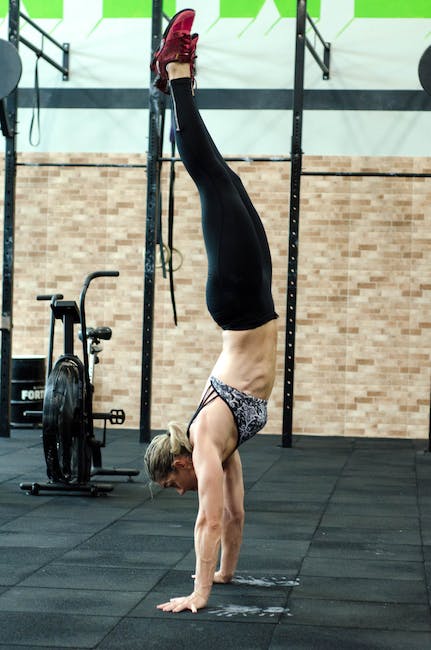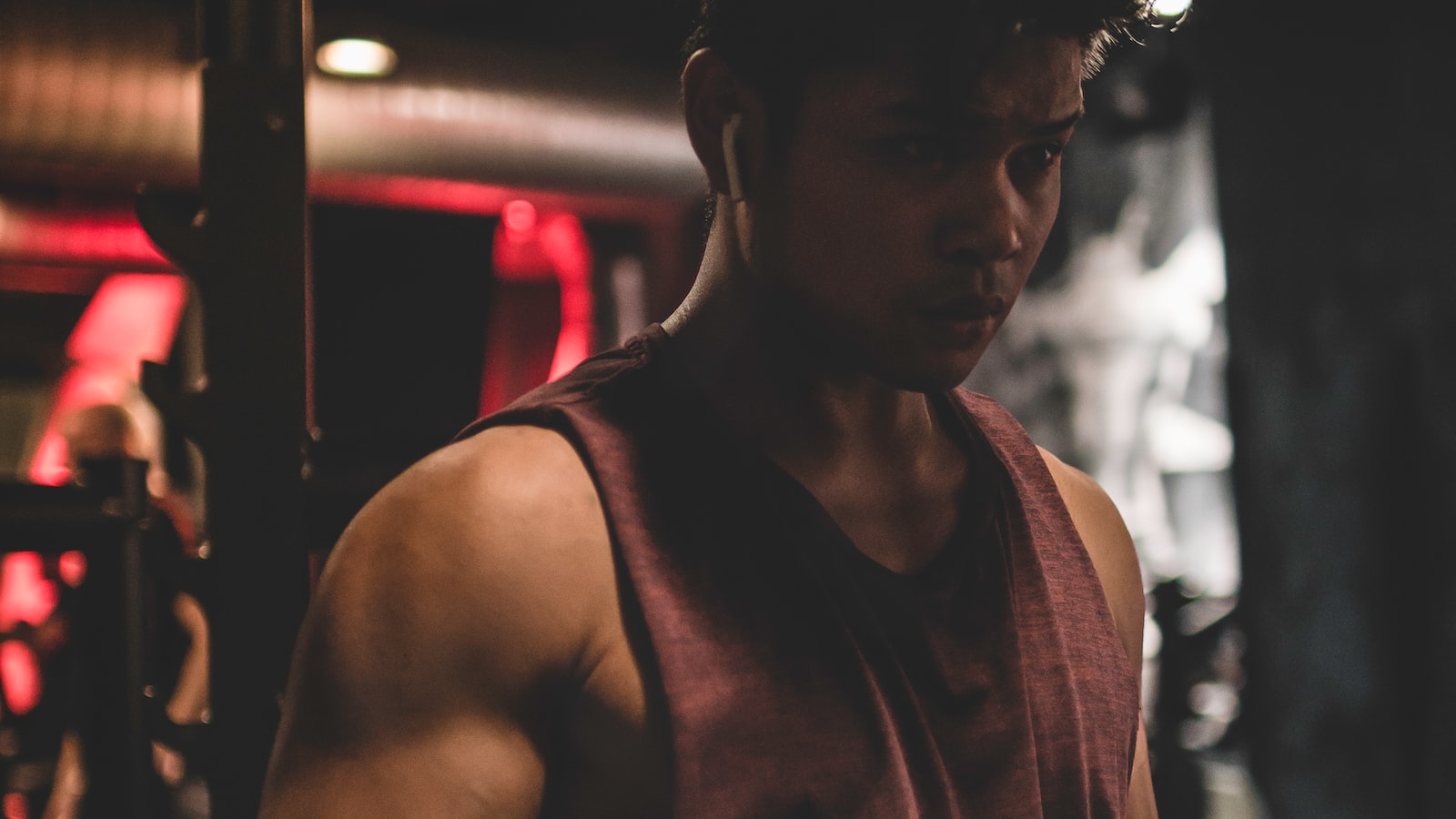Fueling your body right is essential to power through intense and satisfying workouts. Can you get the energy from meals that are high in proteins but low in carbs? Absolutely. Take a look at how exploring the world of balanced nutrition can help you to increase your energy levels and add a new dimension to your workout.
1. Unlock Your Potential: Fuel Your Workouts with Low-Carb, High-Protein Meals
Taking the right steps towards achieving your fitness goals means fueling your body the right way. Low-carb, high-protein meals are a great way to ensure your workouts are powered with the essential nutrients you need to achieve results. Here are just a few of the benefits of this type of diet:
- It helps to burn fat more quickly.
- It kick-starts your metabolism to ensure optimal energy.
- It can fuel your body for long periods without needing snack breaks.
Having a well-structured meal plan that balances quality carbs and proteins helps keep hunger pangs at bay and muscles energized. Incorporating lean proteins like fish, chicken, and eggs can mean making more informed decisions about what goes into your grocery cart. Pair that protein with nutrient-rich vegetables, whole-grains, and fruits to complete the picture.
To unlock your fitness potential, prioritize foods that provide lasting energy. Low-carb, high-protein meals are ideal for active lifestyles, as they ensure your body gets the nutrition it needs during and after workouts. Start today, and you’ll be one step closer to achieving your goals.

2. Carb-Cutting for Peak Performance: Identifying the Best Low-Carb Foods
For those on a low-carb diet, it can be hard to find the right foods to fuel performance and maintain a healthy lifestyle. Whether you are an elite athlete or just looking to get the most out of your workouts, it’s important to identify the best low-carb foods. Here are some essential tips to guide you towards peak performance without sacrificing nutrition.
1. Don’t Eliminate Fruits and Vegetables
Fruits and vegetables contain fiber, vitamins, and minerals that provide key nourishment as well as vital energy to the body. Examples of low-carb fruits and veggies include leafy greens, cauliflower, broccoli, bell peppers, and berries. To maximize benefits, aim to mix and match a variety of different fruits and vegetables in meals throughout the day.
2. Go for Healthy Fats
Healthy fats such as olive oil, grass-fed butter, avocados, and nuts are essential in a healthy, balanced diet. Not only are they dramatically low in carbs, but they offer important beneficial properties such as minerals, fiber, and Omega-3 fatty acids. Including these healthy fats in meals is encouraged, particularly for those looking to cut back on carbs.
3. Stir Up Some Protein
Lean meats, fish, and eggs are all great sources of low-carb protein. Especially for athletes or those who work out often, protein is essential in providing energy and rebuilding muscle. Examples of popular low-carb protein sources are:
- Skinless chicken
- Ground turkey
- Salmon
- Beef
- Eggs
These healthy options are all great choices for getting enough protein without additional carbs.

3. Crafting High-Protein Meals for Maximum Muscle Fuel
Building Blocks of Protein
Everyone can benefit from adding high-protein foods to their meal plans, but athletes and bodybuilders are especially in need of good fuel that can help build muscle. Beans, nuts, poultry, eggs, and fish are excellent sources of protein. But protein can also come from dairy, grains, and even vegetables.
For the best results, include a combination of plant-based and animal-based proteins. Plant-based proteins provide the body with essential nutrients like fiber, which help keep your digestive system running smoothly. And animal based proteins, like fish and poultry, provide a different set of necessary vitamins and minerals to support muscle growth.
Get Cooking
Now that you know what types of proteins are necessary to build muscle, it’s time to get in the kitchen! Here are some great high-protein meal ideas to get you started:
- Grilled chicken breast with quinoa and roasted vegetables
- Vegetable stir-fry with tofu and brown rice
- Tuna salad wrap with chickpeas and avocados
- Salmon with roasted sweet potatoes and asparagus
Mix it Up
Don’t get stuck in a meal rut! To maximize muscle fuel and flavor, add in some fun ingredients such as herbs, spices, and different protein sources. Experiment with different combinations of whole grains, vegetables, and proteins to find out what you like best. You can even get creative and add in some healthy fats like nuts, avocados, and olive oil. With a little bit of imagination and the right ingredients, you can make delicious muscle-building meals that are also healthy and nutritious.
4. Planning Your Weekly Menu: Low-Carb Meal Prep Made Simple
Let’s get real: healthy eating can be hard. Especially when it involves weighing out every portion, counting every carb, or meal prepping the Sunday away. But fear not: if you plan your weekly meals to include fewer carbs, you can make meal prepping a reality in no time. Here’s how:
1. Brainstorming: Start by making a list of all of your favorite low-carb dishes or ingredients. This is the fun part: there are countless options, from quinoa salads to spicy cauliflower tacos. Just remember to keep it simple. Now, think about how many meals and snacks you need each day. Make sure to consider the time you’ll have each day to prepare meals.
2. Groceries: Get the ingredients you’ll need for all of your meals. When shopping, peep the weekly sales and look for items in bulk when you can. Keep a running pantry list to use each time you go to the store, so don’t forget anything. Doing grocery shopping for an entire week can seem intimidating, but it’s worth it in the end.
3. Prepping: You’ve done the hard part by gathering all of your ingredients. Now, it’s time to prep. Start by washing and cutting up fruits and vegetables for salads and sides. Then, assemble proteins like grilled chicken and diced ham for later in the week. You could also make large dinner dishes like lasagna or chili on your food prep day, and easily pack up leftovers for lunch. Here’s a helpful checklist for low-carb meal prep:
- Veggies: wash, chop, and blanch
- Grains: boil and store
- Proteins: cook and store
- Leftovers: portion and store
- Snacks: pack and store
With a little meal-planner know-how and prep time, you’ll be on your way to low-carb meal prepping success. Happy cooking!
5. Low-Carb, High-Protein Snack Ideas for Quick Energy
Whether you’re stranded in the office late at night or looking for a mid-day snack, when you don’t have time for a full meal, these low-carb, high protein snacks will give you a much-needed energy boost.
Homemade Trail Mix – Grab your favorite nuts, seeds, and unsweetened dried fruits for a satisfying and healthy snack. Choose from almonds, walnuts, macadamias, pecans, pumpkin seeds, sunflower seeds, cacao nibs, freeze-dried cherries, apples, blueberries, and cranberries. Mix them together and put in small individual snack bags for a quick and nutritious snack any time of day.
Hard-Boiled Eggs – A powerhouse of nutritional value, hard boiled eggs are an ideal high-protein snack. Packed with more than thirteen grams of protein and only 77 calories each, pop one or two of these to satisfy hunger and refuel your body.
- Greek Yogurt
- Cottage Cheese & Berries
- Avocado & Egg Toast
- Nut Butter & Celery
- Tuna Salad
- Turkey & Cheese Roll-Up
These easy snacks are convenient, affordable, and easy to make. Plus, they offer a great combination of protein, healthy fats, and good carbs to keep your energy levels up. With these options, you’ll never be running on empty.
6. Finding Balance: Incorporating Healthy Carbs into Your Diet
Despite common beliefs, all carbohydrates aren’t created equal. Eating too many simple, sugary carbs can lead to health problems over time, but that doesn’t mean you have to cut the complex carbs completely out of your diet. To maintain a healthy lifestyle, you have to find balance when it comes to carbs.
Here are some healthy carbs that offer important nutrients in your diet:
- Vegetables – think carrots, potatoes, beetroots, cucumbers, peppers, and zucchinis.
- Legumes – beans, lentils, peas, and peanuts.
- Whole Grains – barley, farro, oats, spelt, brown and wild rice, bulgur, and quinoa.
- Fruits – apples, oranges, bananas, berries, mangoes, and melons.
It’s best to limit your intake of simple carbs like white breads, cakes, biscuits, soda, and candy. Complex carbs, on the other hand, can help you feel full longer, providing fuel to power your daily activities. Incorporating plenty of healthy complex carbs into your lifestyle can generate an abundance of nutrients and minerals, setting you up for long-term health benefits.
Working out doesn’t have to feel like a sacrifice – get creative in the kitchen and fuel your fitness journey with low carb, high protein meals! With this delicious combination of flavors and nutrition, you’ll be off to a winning start!
